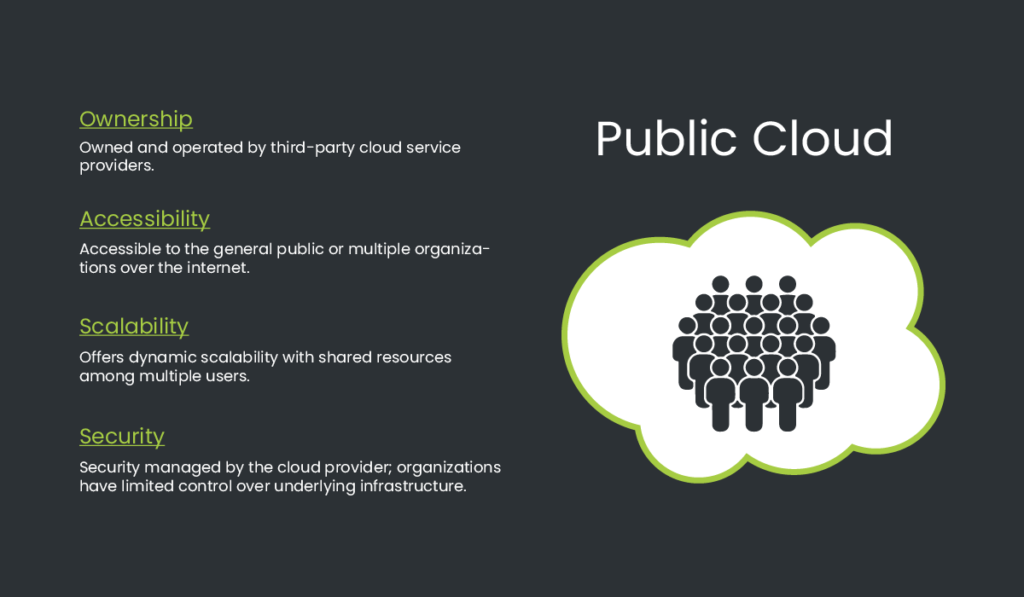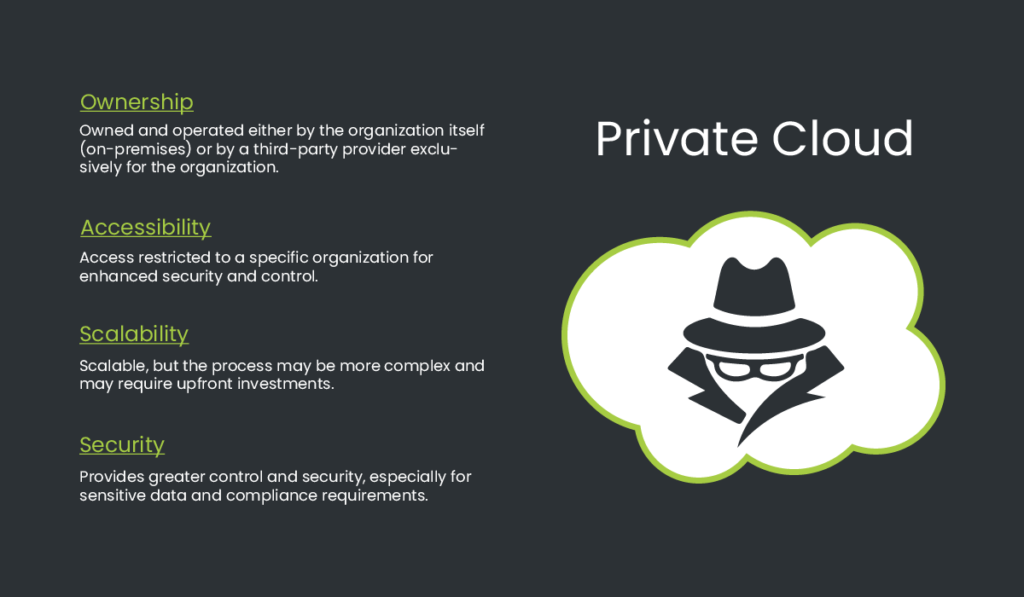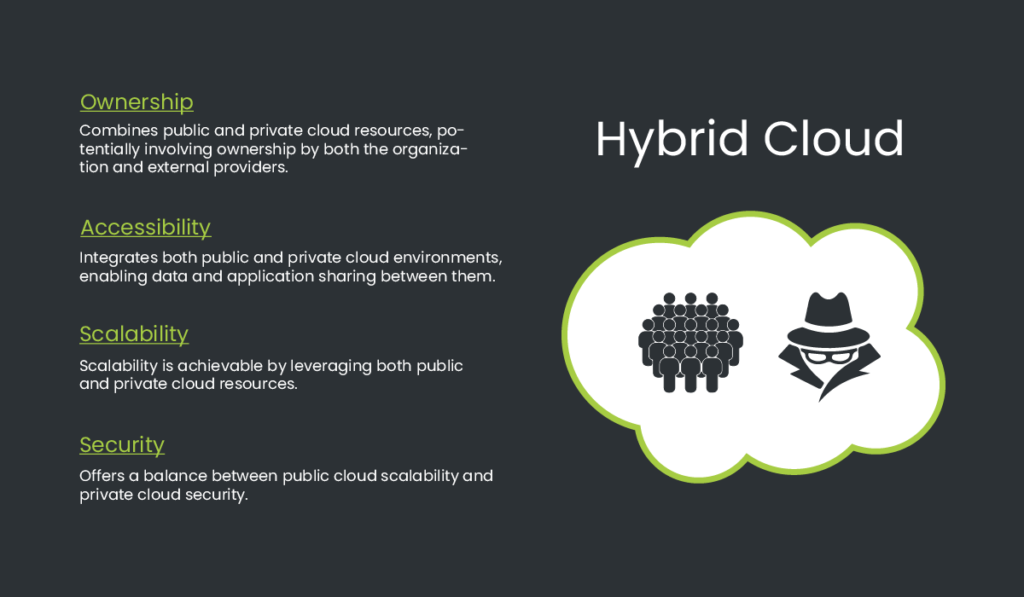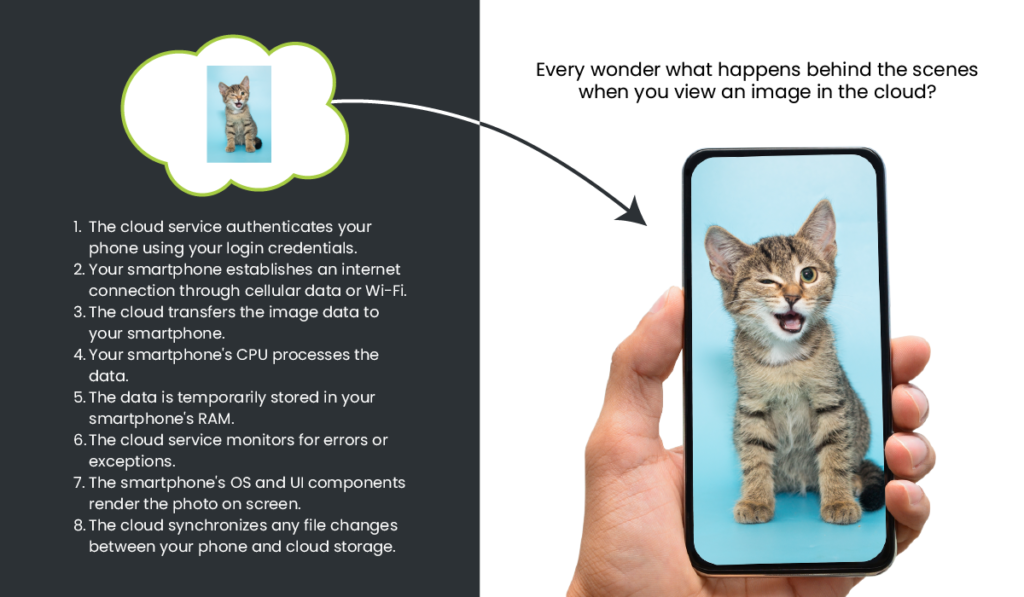Cloud computing has been around for a while, but longevity never ensures understanding. I mean, the general theory of relativity is 108-years old, and I still don’t get it. So, I’ve challenged myself to use my skills at simplifying technical jargon to explain how “the cloud” works.
But this isn’t simply an exercise in explanatory writing. The cloud is important; it’s where most technology lives today, including building tech. It impacts our lives on a major level, and it doesn’t care if we “get it” or not. Plus, cloud architecture and processes are changing, and continue to change since their introduction in the 1960’s. The cloud as we know (or don’t know) it is evolving. So, if we don’t get the basics down now, we’ll soon be left further behind. In short, we need to get cirrus about the cloud. With that caveat and dad joke out of the way, let’s get started.
But to fully appreciate the power of cloud-native, it helps to understand the cloud itself. Once you do that It helps to think of cloud-native not as a technology per se, but more as a philosophy, a way of doing things.
So, check out my companion piece: Cloud-Native: A Beginner’s Guide.
Computing Work (IPOS)
All computers perform four basic types of computation “work”: They input data, process it, output it, and store it. I’m typing this article into Word (input). The computer reads my keystrokes (process). The CPU outputs letters to my monitor (output). I save my doc on my PC’s hard drive (storage). That’s it. All computational work can be summed up with these four functions (aka “IPOS”)
Now, in my example, these four work functions were done on my PC (aka “Locally”). But they don’t have to be. In fact, almost all IPOS work can be done almost anywhere! This is an important point that some may not realize. It’s understandable. Our PCs, laptops, and phones are real. They’re on our desks and in our laps. We’re holding them in our hands. It makes sense we would assume this is where the “stuff” happens. But the truth is, tons of computation work that goes into running our devices and apps is done in a giant data center (in the “cloud”) probably thousands of miles away.
Cloud-as-a-Utility
Think of the cloud as a giant PC that you can use, but that someone else owns and runs. And it can IPOS the hell out of stuff. Commercial cloud services like AWS and Azure are built by Big Tech, so they’re big, fast, and secure.
You may have noticed about a decade ago that your favorite apps (e.g., Office, Adobe, etc.) moved from boxed software to a subscription-based model. That is, they became a software-as-a-service or “SaaS”. The change was part of a move to cloud hosting of apps by many tech companies. Instead of selling you a CD ROM or downloadable app, you simply bought a monthly or annual plan. You then downloaded the app to your PC or phone. These companies were now using cloud services, meaning most of the computation work was located there rather than your PC. Today, this is almost exclusively how apps are sold, stored, and operated.
For many companies today (including the building industry) cloud service works like a computational “utility” that they pay for much like their electric and gas services. It’s a type of infrastructure like an electric grid. Cloud service providers do the computation work; you pay them to do it. But why did this move to remote computational work happen? Answer: the benefits of course.

Benefits of Cloud Computing
To electrify our buildings, most of us don’t go and buy a generator; instead, we pay the electric company. Why? Generators are expensive. We must buy fuel to run them. If they break, we must repair them. We even need to guard them against theft. Rather than do all this work, we offload it to the electric company. The benefits of cloud computing services are similar. Here are a few of them:
- Scalability: Cloud services can easily scale up or down based on demand, allowing businesses to adjust resources as needed without having to invest in and manage physical infrastructure.
- Accessibility: Users can access cloud-based applications and data from anywhere with an internet connection, providing flexibility and enabling remote work.
- Cost-effectiveness: Cloud computing reduces the need for upfront hardware and software investments, as users can pay for services on a subscription or pay-as-you-go basis.
- Reliability: Cloud providers often offer high levels of reliability and uptime, with redundant systems and data backups to ensure continuity.
- Security: Reputable cloud providers implement robust security measures to protect data from unauthorized access, and they often have dedicated teams focused on ensuring data privacy and security.
- Updates and Maintenance: Cloud service providers handle system updates, maintenance, and security patches, freeing users from these tasks.
It’s important to remember that companies didn’t move to the cloud simply because they “felt like it.” They did it because it was cheaper, easier, and more reliable. Cloud services work at economies of scale, and proper market competition ensures they pass that savings on to the consumers.
Other Cloud Types
So far, we’ve discussed commercial cloud services like Amazon Web Services (AWS) and Google Cloud Platform (GCP). These are “public” third-party services because resources are often shared. However, other cloud types exist.

Private Clouds
Regular old companies can create their own cloud data centers housed in their buildings (i.e., on-prem) or get a third-party to create and manage one for them. Like public clouds, private clouds perform IPOS work. They can serve and manage apps for employees, store company data, and are remotely accessible.
Often with public clouds, data and resources are shared among other customers (For example, web hosts often run multiple customer sites on the same server). However, private clouds are dedicated to one entity. However, such exclusivity comes at a price, but it is often required for enhanced data security by organizations that have specific regulatory requirements, sensitive data, or those that need complete control over their resources.

Hybrid Cloud
As the same implies, a “hybrid cloud” is one that combines elements of both public and private clouds. A hybrid cloud environment allows an organization to use a mixture of public cloud services (e.g., servers) and private cloud infrastructure (e.g., storage) to meet specific needs.
Hybrid clouds increase flexibility by distributing the computational workload. For example, Company A has lots of data to store. Some of it is super sensitive, the bulk of it isn’t. The company could invest in enough equipment to store all the data in its private cloud, or it could store the less sensitive data in a public cloud and save time, space, and resources.
Hybrid clouds are growing in popularity because they offer superior flexibility and security to a standalone solution. That’s because computational work can happen in either cloud, whether it’s inputting, processing, or outputting. So, when the electricity goes out, you’ve still got your generator.
The choice between public, private, and hybrid cloud depends on an organization’s specific needs, including factors such as security, compliance, scalability, and cost considerations. Each cloud deployment model offers distinct advantages and challenges, allowing businesses to tailor their cloud strategy to their unique requirements.

Computation Workload Sharing
As was stated previously, many devices like smartphones share the computational workload with the cloud. To illustrate this, let’s look at a few of the steps in the “simple” process of using your phone to view an image saved in the cloud:
- The cloud service authenticates your phone using your login credentials.
- Your smartphone establishes an internet connection through cellular data or Wi-Fi.
- The cloud transfers the image data to your smartphone.
- Your smartphone’s CPU processes the data.
- The data is temporarily stored in your smartphone’s RAM.
- The cloud service monitors for errors or exceptions.
- The smartphone’s OS and UI components render the photo on screen.
- The cloud synchronizes any file changes between your phone and cloud storage.
Note how the computational work and resources shift from the device to the cloud. In a hybrid architecture, public and private clouds share in a similar way.
Conclusion
At this point, two ideas may be surfacing. 1) Hybrid clouds require some serious orchestration, and 2) The notion of a “computer” is expanding. Both ideas are driving the evolution of cloud computing and driving us to a new form of architecture called cloud-native. These changes have implications for how we operate and automate our buildings. The future of building automation will leverage these new technologies making them greener, cheaper, more responsive, and better places to live and work. However, we can only reap these benefits if we prepare our buildings to play well in the clouds.
To continue learning about the cloud and cloud-native approaches, check out this discussion on Monday Live!



